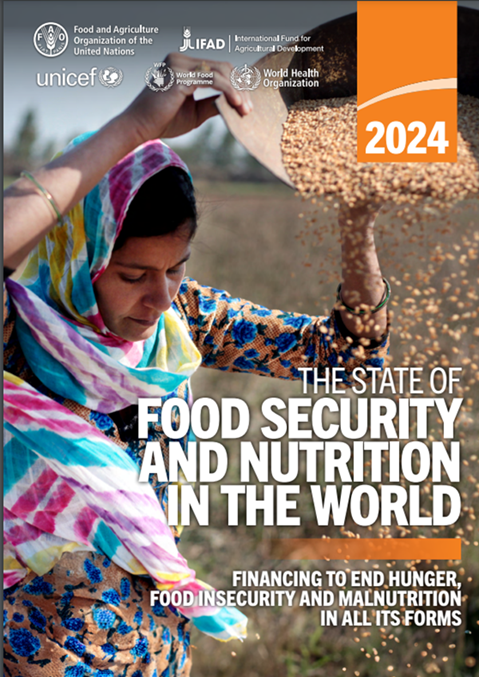It’s Halloween! Tricks and treats.

CANDY
IFT’s Food Technology Sweet and Spooky: Halloween is one of the most popular times for consumers to purchase candy. Mars, in partnership with Ipsos Omnibus, surveyed nearly 3,000 U.S. adults about their Halloween plans to learn more about how consumers celebrate.
Interactive Candy Map 2024: Our map ranks the most popular Halloween candy in each state in America, as well as the first and second runners up. Our results are firmly grounded in 17 years of candy sales data! Key Takeaways: – Reese’s Cups Loses #1 Spot for the First Time Ever.
The WORST Halloween Candy 2024: People get really fired up about the candy they don’t like. Over 10,000 survey responses from the past 12 months! Key Takeaways — – Circus Peanuts Retain #1 Worst Spot; – Candy Corn on Both Lists? Divisive.
Better-for-you candy brands are going all in on Halloween: “Better-for-you candy brands are hoping that adults will dole out low-sugar gummies or chocolate-dipped nuts to trick-or-treaters this Halloween season,“ Modern Retail reported.
New York Times Candy IQ: Trick or treat! See how much you really know about sweets with this quiz.
PUMPKINS
World’s largest pumpkin: Minnesota grower wins again at World Championship Pumpkin Weigh-Off. 2,471 pounds. That wasn’t enough to beat the world record he set last year — that pumpkin was 2,749 pounds.
Scaring Halloween Trick-or-Treaters Is Free. But This Pumpkin? $13.50: Each application of pepper spray for pests costs the Dykemans, who calculate many expenditures by acre, about $150 per acre. Two charcoal filters, $400 apiece, protect operators in this John Deere tractor ($67,000 in 2008), which takes $130 of diesel. Fertilizer prices, which soared in part because of Russia’s invasion of Ukraine, have come down in recent months. But it remains a significant cost, the Dykemans said, at $200 per acre.
Pumpkin Seeds: A Tiny Seed With Big Benefits: With Halloween just around the corner, pumpkins are everywhere! However, many people overlook a highly nutrient-rich part of the pumpkin – the seeds…For instance, just a small handful provides around 40% of the recommended daily value for magnesium
Pumpkins: Background & Statistics: All States produce some pumpkins, but six States produce most of them. According to the most recent USDA, Census of Agriculture, in 2022, about 45 percent of pumpkin acres were harvested in the top six pumpkin-producing States, measured by pumpkin weight.

HOLIDAY ECONOMICS
Pricing fears grow ahead of Halloween: Cocoa and sugar prices are reported to have reached frightening highs, with alarming price rallies predicted…. Read more
Halloween’s Mutation: From Humble Holiday to Retail Monstrosity: In 2024, consumers are expected to spend $11.6 billion celebrating the holiday, up from $3.3 billion in 2005….Spending on candy is expected to reach $3.5 billion this year.
PET SAFETY? SURE, WHY NOT?
Halloween Pet Safety: It’s the season for costumes, candy, and creepy décor. Halloween can be one of the most fun holidays for a pet, but also one of the most hazardous. From choosing safe costumes to takeaways on trick or treating, the following Halloween pet safety tips will help both you and your dog have a frightfully delightful holiday. Continue Reading.
RESOURCES
Institute for Food Technology’s confection content collection: Explore IFT’s collection of scientific resources on chocolate, hard candy, and other confections.
Enjoy the holiday!







